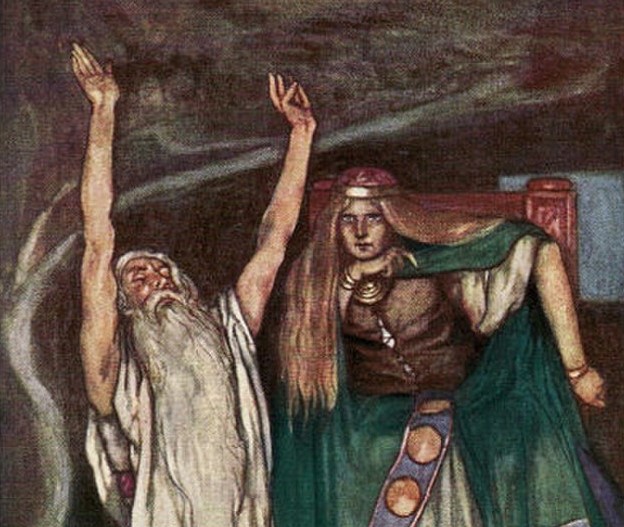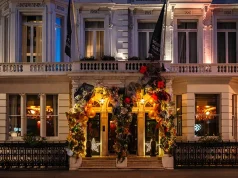
Medb, Queen of Connacht, was one of the most powerful and influential characters in the Ulster Cycle. With an ability to charm her way into getting what she desired, Medb would often take on many roles in order to gain power.
Unfortunately, she was one of the most evil characters in Irish mythology, so people usually only see her in the negative light.
Medb was not always this way. She started out as angry and angry-looking once. Her angry appearance caused her husband Ailill to cast her out of the hunting tent where he took his wife on their honeymoon. Her anger then transformed into beauty, but it came at a price-she had to give up the throne to Ailill Sr.
Was Queen Medb real?
No, she was not real. She was just a character in the Ulster Cycle.
King Fingal loved his wife, so much that he decided to marry her after she left Ailill Sr. He did not like King Ailill Sr., so he made sure to make it appear that the king had mistreated his wife. This caused Ailill to kill Fingal, who later came back to life. However, Medb’s guilt for causing his death caused her desire to be loved.
Is Medb a goddess?
No, she is not a goddess. She was just a character in the Ulster Cycle. Medb took over the throne of Connacht after her husband drowned at the battle of Cúl Dreimhne. Eventually, she became co-ruler with her other husband, Ailill. Other than that, she did not have any other powers to call upon. However, she often used her ability to charm people in order to get what she wanted (usually gold).
Is Medb Irish?
No, she is not Irish. She was just a character in the Ulster Cycle. Medb represents an angry and angry-looking queen. The Irish word for this is caol, which means “head of hair”.
The meaning of Medb’s appearance also comes from the Irish word “caol”, which means “trickery or deceitful appearance”. The name of her husband, Ailill, appears to be derived from the word “ainm” which means “fall down”. This shows that Medb was not always a good character. She was only a character in the Ulster Cycle.
Medb and her husband Ailill ruled over Connacht and Munster for many years. They were both very powerful and influential and used their power to create The Four Masters, an important part of the medieval Irish culture, as we know it today.
What is Medb known for?
Medb was known for power and greed, so many people thought the stories about her were not very powerful. In fact, they thought she was actually a bad character. Stories about her were passed down as if they were not very important. There was only one story that was told about her, and it is now known as “The Death of Ailill and Medb”.
Medb had a very heavy heart. Nobody knew why she was so sad, but everyone knew it was bad. What happened was that after she became queen, there were lots of things that Medb wanted to do. However, whenever Ailill had something he needed to do, he would stop her and they would do something else instead. This made her very mad and upset and she always threw a fit.
The Death of Ailill and Medb
Ailill and Medb were wed for a long time, but fell out with each other. They agreed to fight a chariot race between their two chariots, one with gold and the other with silver. The winner would get all the goods and possessions of the loser. Ailill and Medb had two champions, Cet mac Mágach on the king’s side, while Medb had her champion Laigin on her side.
The race was very fierce with both champions fighting hard, but eventually Cet beat Laigin in a close fight. The king had his bedding, chests, and other things taken to his side. Medb had her champion captured, but then Ailill said that he would give up all his possessions if her champion came back alive. However, Laigin was not allowed to return to Medb because she was now the queen.
The fight continued between Laigin and Cet, with both giving it their all. In the end, Laigin was the winner, allowing the king to win something. However, King Ailill died before he could see his possessions.
What is the meaning of Medb?
Medb means “intensely red”. It also means “queen” in Irish, which is pronounced the same way as Medb. The name is made up of two parts: méd (“might”), and bé (“woman”).





